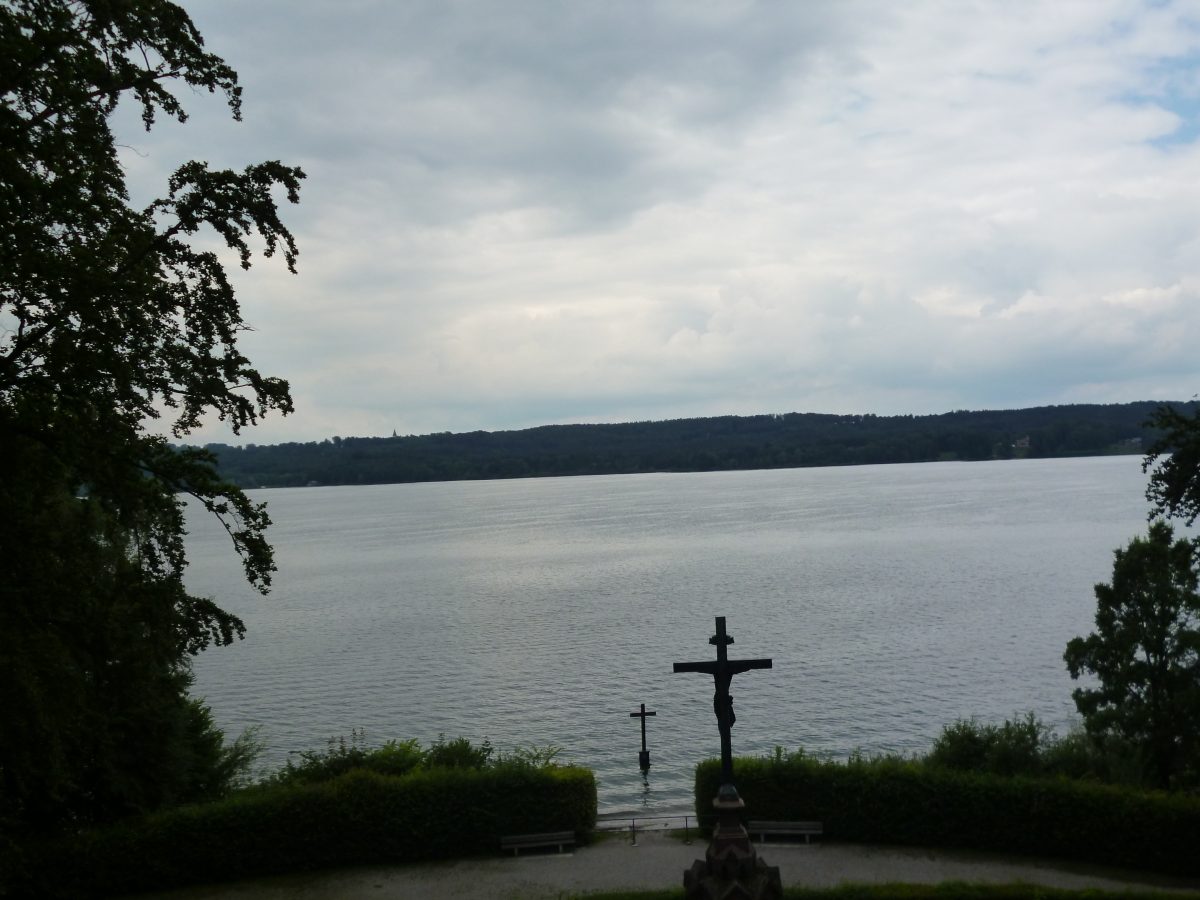Last Updated on March 17, 2023 by Ctybr67k
Of all the Wittelsbach kings, Ludwig II attracts the most attention and this post tells you all about this ‘strange and handsome king’ and explains where to ‘find’ him in and around Munich today. He has connections to the city centre and also to Lake Starnberg, a short train ride from central Munich. There’s a separate episode on the fairy tale castles he built in the Bavarian countryside.
finding ludwig ii in central munich


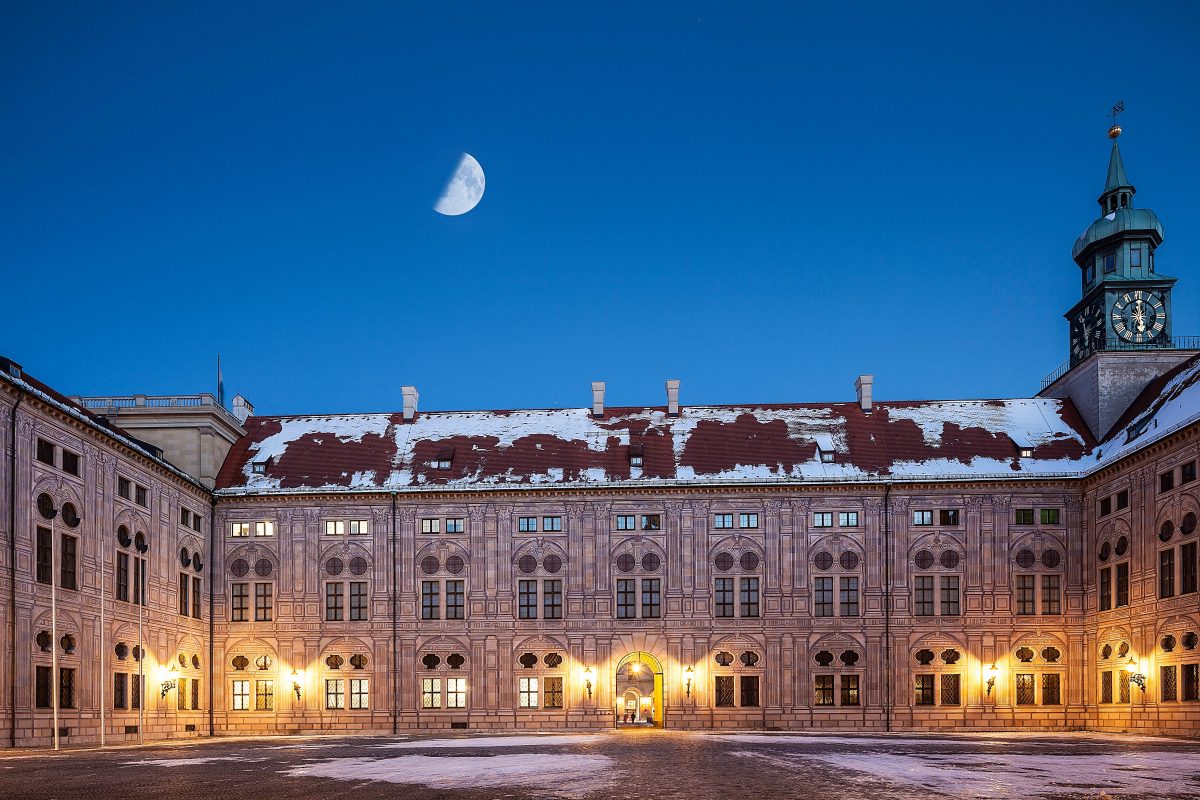
Ludwig was born in the Queen’s Bedroom at the Nymphenburg Palace, late at night on the 25th August, 1845. His grandfather – Ludwig I – was so delighted that he immediately ordered that bells should ring out all over Munich. His subjects, most of whom were asleep in bed at the time, should be told immediately that a future king had just been born.
When he became King of Bavaria in 1864, Ludwig, newly installed in the city’s Residenz, was only 19. Early reports describe him sitting in majesty there on a velvet red daïs, accepting the homage paid to him by a stream of courtiers and guests. But he slowly withdrew, shy of company and preferring solitude out at Schloss Berg on Lake Starnberg. After an increasingly reclusive life, Ludwig died at the age of only 40 and was buried in the Michaelskirche in Munich. On the day of his funeral, thousands lined the streets to watch 8 white horses pull his coffin, draped in black velvet, through the streets to the church where he was buried in the Royal Crypt.
what was ludwig like?


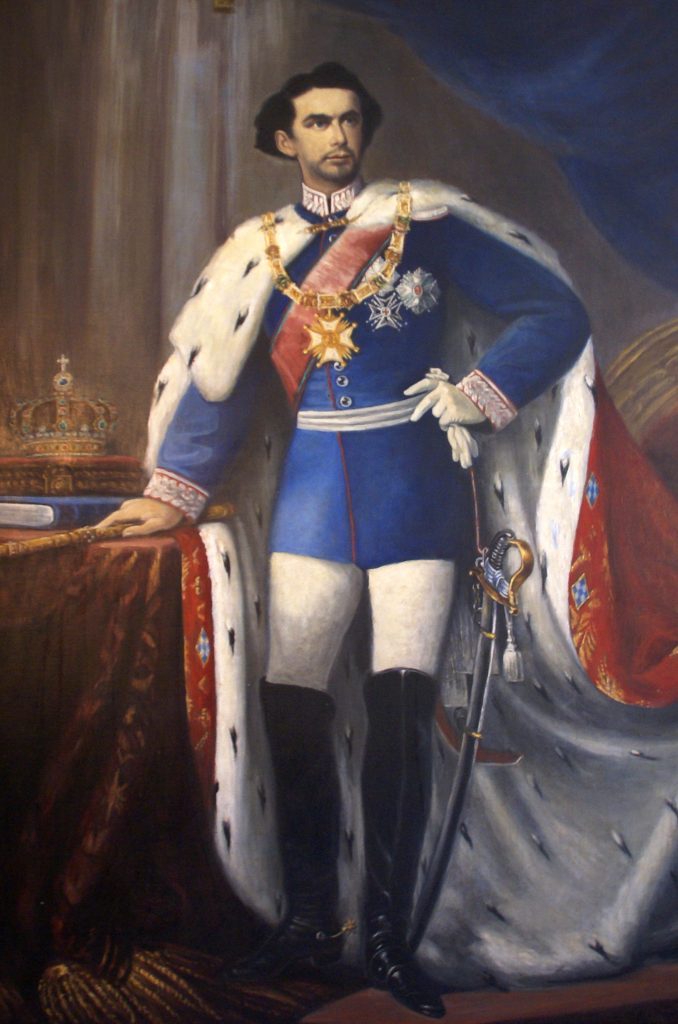
Ludwig has been described as ‘the most romantic, beloved and tragic monarch of modern times.’ So, there’s a lot to unpick. He was certainly handsome: tall, with dark blue eyes, a pale ivory complexion and long flowing locks which he insisted on having curled every day. An army officer who saw him inspecting his troops sensed the king’s otherworldliness, writing that ‘this godlike youth is too beautiful for this world.’ And Ludwig did gradually retreat into seclusion, spending more and more time alone in his various castles.
At Schloss Berg, on Lake Starnberg, Ludwig liked to go off alone on long midnight sleigh rides through the surrounding forest and was sometimes seen cruising across the lake on a boat, reciting poetry into the wind. He was obsessed by Wagner, both the man and his music. He cultivated the composer’s friendship and became his patron, supporting him with huge donations and other gifts. Ludwig decorated whole rooms of his castles on Wagnerian themes and commissioned dozens of private performances of Wagner’s operas at the Cuvilliés Theatre, the royal theatre which was part of the Residenz palace.
His main obsession, for building and decorating his palaces, was clear early on. At only 19, the first thing Ludwig did on becoming king was to redecorate, first the Residenz and then Schloss Berg. A Spanish Infanta who visited the Winter Garden Ludwig installed at the Residenz was overwhelmed: ‘I could not believe my eyes. There before us was an enormous garden, illuminated in Venetian style, with palms, a lake, bridges and castellated buildings. …… A parrot swinging on his golden perch cried ‘Guten Abend’ to me while a peacock proudly strutted by.’ There are more examples of Ludwig’s dream décor on the podcast and the next episode describes the palaces he built in the Bavarian countryside.
visit lake starnberg to remember ludwig

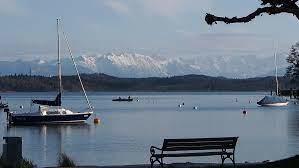
A visit to Lake Starnberg is a must if you want to find out about Ludwig II. If you take an S6 train to Starnberg, you’ll be there in about 20 minutes. The station is right by the lake, and boat trips from there will take you on a hop-on, hop-off trip around the places most connected with him. They usually run between May and October.
At the Possenhofen stop you can find out a little about Ludwig’s cousin, the Empress Elisabeth of Austria, better known as Sisi. She visited a summer retreat here every year for 20 years and was one of the few people Ludwig liked to spend time with after he had withdrawn from most company. There is a little museum telling Sisi’s story at Possenhofen station, usually open between May and mid-October. On the nearby Roseninsel (Rose Island) you can visit the little summerhouse where Ludwig and Sisi liked to meet. She wrote of him ‘He is not mad enough to be locked up, but too abnormal to manage comfortably in the world with reasonable people’

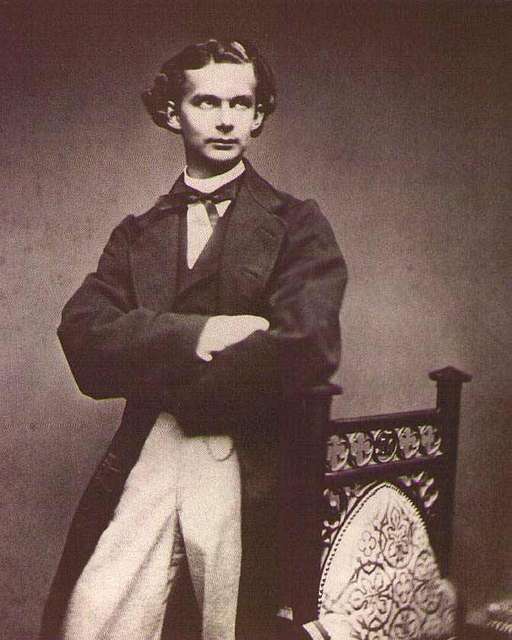
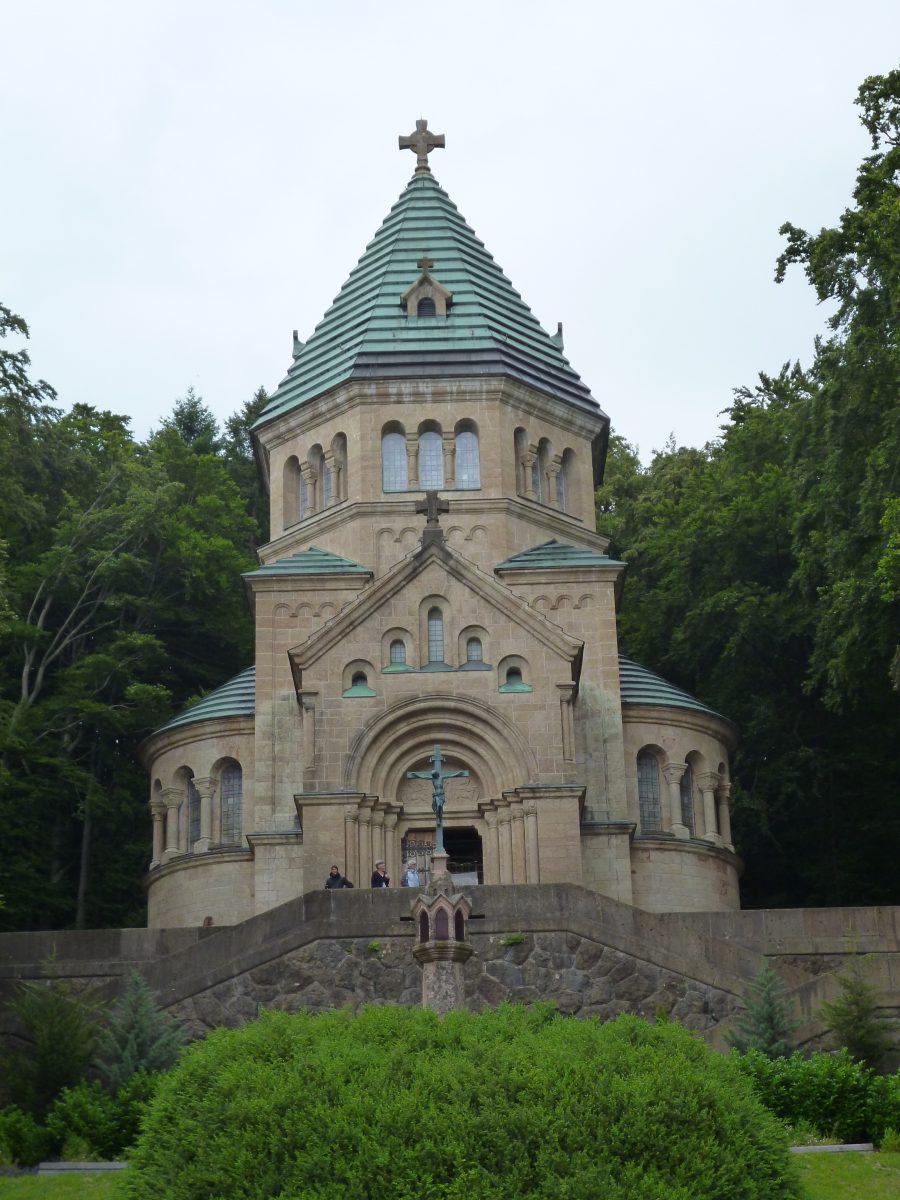
If you get off the boat at the Leoni stop you can walk to the Votiv Chapel, a memorial to Ludwig just above the lakeside spot where he drowned in mysterious circumstances. Down below, the site is marked by a cross sticking up out of the water. Exactly what happened on the evening of June 16th 1886 has never been made fully clear. Ludwig went for a walk with his doctor and they did not return. The bodies of both men were found at the lakeside, showing signs of a struggle, but what had happened wasn’t certain. Had they fought, or had they maybe both been murdered? Perhaps the doctor had struggled against a suicide attempt by Ludwig?
Conspiracy theories abounded. By this point, Ludwig had been replaced as monarch by his Uncle Luitpold, acting as Regent because Ludwig was deemed incapable of fulfilling his royal duties any more. He was in fact under house arrest at Schloss Berg, so perhaps someone decided his death would solve a problem. Whatever happened, it is a poignant place to remember Ludwig, looking out at the cross in the water planted in his memory by friends and up at the Votiv Memorial Chapel, erected by his mother on the 20th anniversary of his death.
Listen to the POdcast
reading suggestions
The Mad King by Greg King
The Swan King: Ludwig of Bavaria by Christopher McIntosh
links for this post
Nymphenburg Palace
Residenz
Michaelskirche
Lake Starnberg Boat Trips
Kaiserin Elisabeth Museum at Possenhofen
Previous Episode Schloss Nymphenburg
Next Episode Neuschwanstein, Linderhof and Herrenchiemsee

